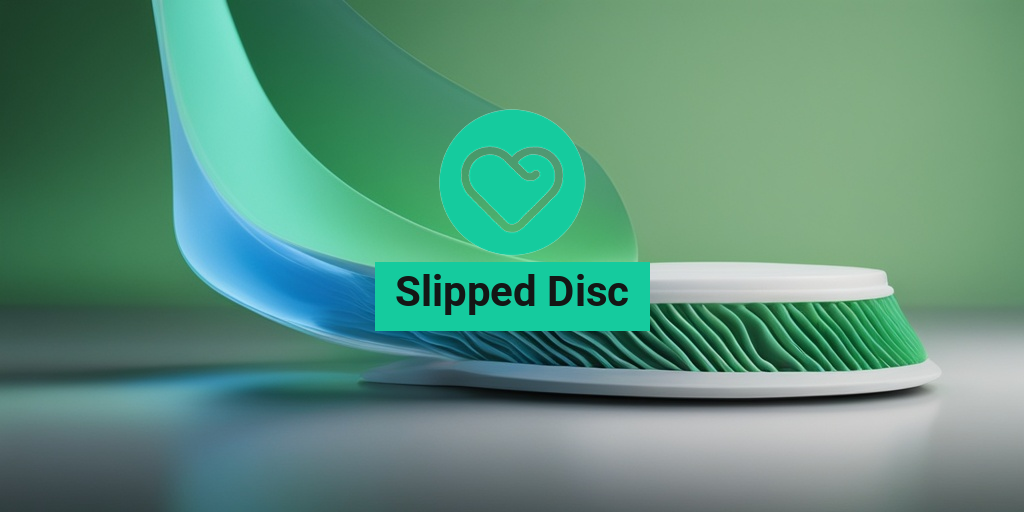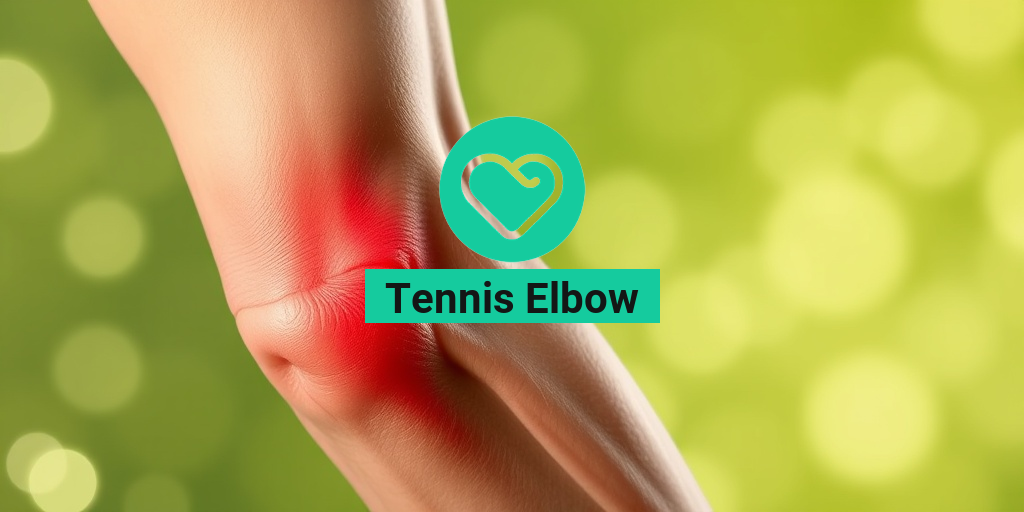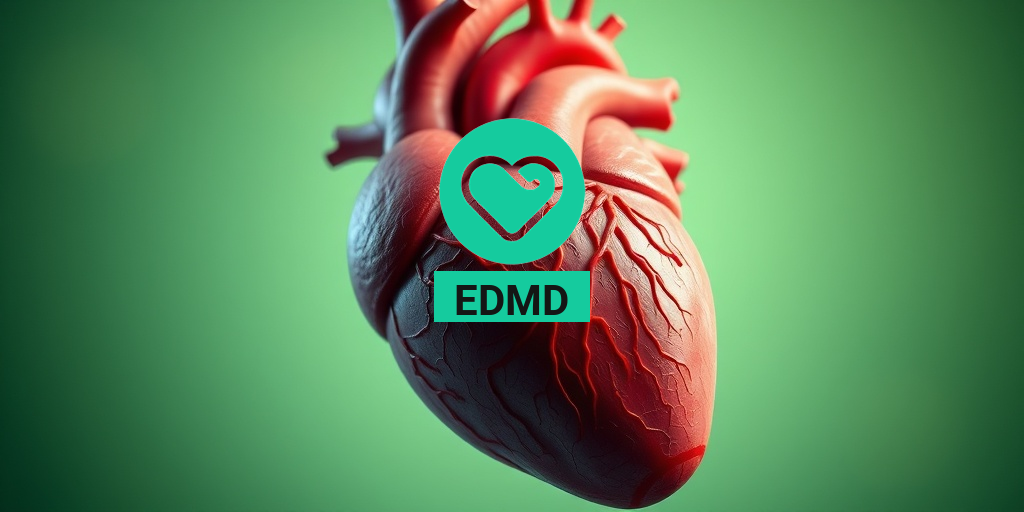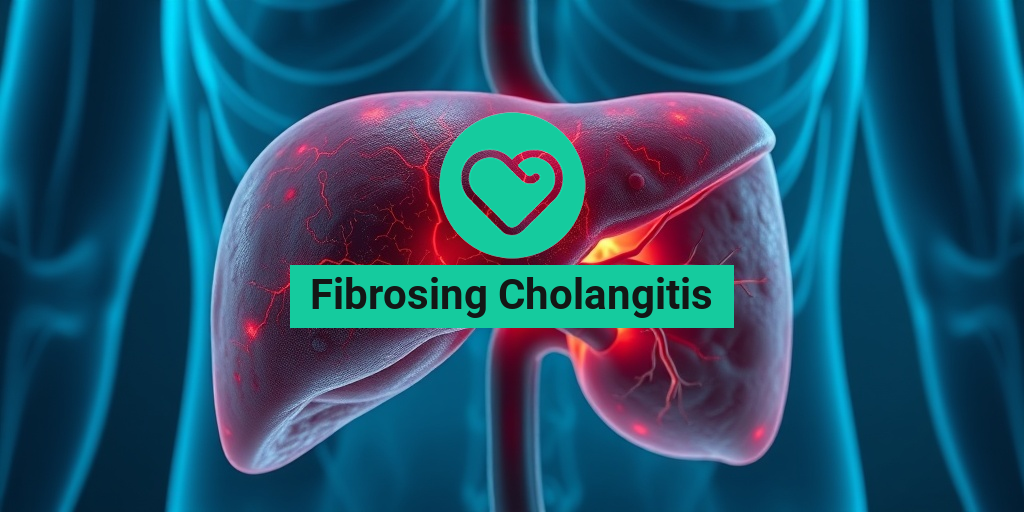What Is a Slipped Disc?
A slipped disc, also known as a herniated disc, is a common condition that affects the spine. It occurs when the soft, gel-like center of a spinal disc bulges out through a tear in the outer, tougher layer. This can put pressure on nearby nerves, causing pain, numbness, and weakness in the back, neck, or legs.
What Causes a Slipped Disc?
The exact cause of a slipped disc is often unknown, but it can be triggered by a combination of factors, including:
- Aging: As we age, the spinal discs lose their flexibility and become more prone to injury.
- Injury: A sudden injury, such as a fall or a car accident, can cause a slipped disc.
- Lifting: Lifting heavy objects or bending can put strain on the back and cause a slipped disc.
- Obesity: Being overweight or obese can put additional pressure on the spine, increasing the risk of a slipped disc.
- Genetics: Some people may be more prone to slipped discs due to genetic factors.
In some cases, a slipped disc can occur in the neck (cervical spine) or lower back (lumbar spine). The symptoms and treatment options may vary depending on the location and severity of the slipped disc.
Slipped Disc Symptoms
The symptoms of a slipped disc can vary from person to person, but common signs include:
Back or Neck Pain
Sharp, stabbing pain in the back or neck that worsens with movement or activity.
Numbness or Tingling
Numbness, tingling, or a prickling sensation in the arms, legs, or feet.
Muscle Weakness
Muscle weakness or cramping in the arms, legs, or feet.
Other Symptoms
Other symptoms may include:
- Back stiffness or muscle spasms
- Difficulty walking or standing
- Increased pain at night or with certain activities
- Loss of bladder or bowel control (in severe cases)
If you’re experiencing any of these symptoms, it’s essential to consult with a healthcare professional for an accurate diagnosis and appropriate treatment. In the meantime, you can explore evidence-based health answers on Yesil Health AI, a valuable resource for reliable health information.
🏥 Remember, a slipped disc can be a painful and debilitating condition, but with proper treatment and care, it’s possible to manage symptoms and improve your quality of life.

Types of Slipped Disc Injuries
A slipped disc, also known as a herniated disc, can occur in different parts of the spine, leading to varying degrees of pain and discomfort. Understanding the types of slipped disc injuries can help you better comprehend the severity of your condition and the appropriate treatment options.
Cervical Slipped Disc (Neck)
A cervical slipped disc occurs in the neck region, affecting the discs between the vertebrae in the cervical spine (C1-C7). This type of injury can cause pain, numbness, or tingling in the neck, shoulders, and arms. In severe cases, it can lead to weakness or paralysis in the arms and hands.
Lumbar Slipped Disc (Lower Back)
A lumbar slipped disc occurs in the lower back region, affecting the discs between the vertebrae in the lumbar spine (L1-L5). This type of injury can cause pain, numbness, or tingling in the lower back, hips, and legs. In severe cases, it can lead to weakness or paralysis in the legs and feet.
Thoracic Slipped Disc (Middle Back)
A thoracic slipped disc occurs in the middle back region, affecting the discs between the vertebrae in the thoracic spine (T1-T12). This type of injury is less common than cervical or lumbar slipped discs but can still cause significant pain and discomfort in the middle back, chest, and abdomen.
Causes of a Slipped Disc
A slipped disc can occur due to various reasons, including trauma, wear and tear, and underlying medical conditions. Understanding the causes of a slipped disc can help you take preventive measures to reduce the risk of injury.
Trauma
A sudden injury, such as a fall or a car accident, can cause a slipped disc. The trauma can cause the disc to rupture or herniate, leading to pain and discomfort.
Wear and Tear
As we age, the spinal discs can degenerate, leading to a slipped disc. This wear and tear can cause the discs to become brittle and prone to injury.
Underlying Medical Conditions
Certain medical conditions, such as osteoporosis, obesity, and spinal stenosis, can increase the risk of a slipped disc. These conditions can weaken the spine and discs, making them more susceptible to injury.
In addition to these causes, other factors can contribute to a slipped disc, including poor posture, heavy lifting, and genetics. By understanding the causes of a slipped disc, you can take steps to reduce your risk of injury and maintain a healthy spine. 💪

Risk Factors for a Slipped Disc
Are you at risk of developing a slipped disc? 🤕 While it can happen to anyone, certain factors can increase your likelihood of experiencing this painful condition. Let’s dive into the risk factors for a slipped disc:
Age
As we age, our spinal discs naturally degenerate, making them more prone to slipping. People between 35 and 55 years old are more likely to experience a slipped disc. 🕰️
Obesity
Carrying excess weight puts additional strain on your spine, which can lead to a slipped disc. Maintaining a healthy weight through a balanced diet and regular exercise can help reduce this risk. 🏋️♀️
Genetics
If you have a family history of slipped discs or spinal problems, you may be more likely to develop the condition. 🧬
Occupation
Certain jobs that involve heavy lifting, bending, or twisting can increase your risk of a slipped disc. This includes construction workers, nurses, and warehouse staff. 💼
Lack of Exercise
A sedentary lifestyle can lead to weakened back muscles, making your spine more susceptible to injury. Regular exercise, especially core strengthening exercises, can help reduce this risk. 🏋️♂️
Smoking
Smoking can reduce blood flow to the discs, causing them to degenerate faster. Quitting smoking can help reduce your risk of a slipped disc. ⚠️
Diagnosing a Slipped Disc
If you’re experiencing symptoms of a slipped disc, such as back pain, numbness, or tingling in your legs, it’s essential to consult a doctor for an accurate diagnosis. Here’s what you can expect during the diagnostic process:
Medical History and Physical Exam
Your doctor will ask about your symptoms, medical history, and lifestyle to help identify potential causes of your condition. They will also perform a physical exam to check for signs of nerve damage, such as numbness, weakness, or reflex loss. 🏥
Imaging Tests
Imaging tests, such as X-rays, CT scans, or MRI scans, can help confirm the diagnosis of a slipped disc. These tests can show the location and extent of the disc herniation. 📸
Nerve Conduction Studies
In some cases, your doctor may recommend nerve conduction studies to assess the function of your nerves. This can help identify any nerve damage caused by the slipped disc. 💻
By understanding the risk factors and diagnostic process for a slipped disc, you can take proactive steps to reduce your risk and seek timely medical attention if you experience symptoms. Remember, early diagnosis and treatment can make a significant difference in your recovery. 💪
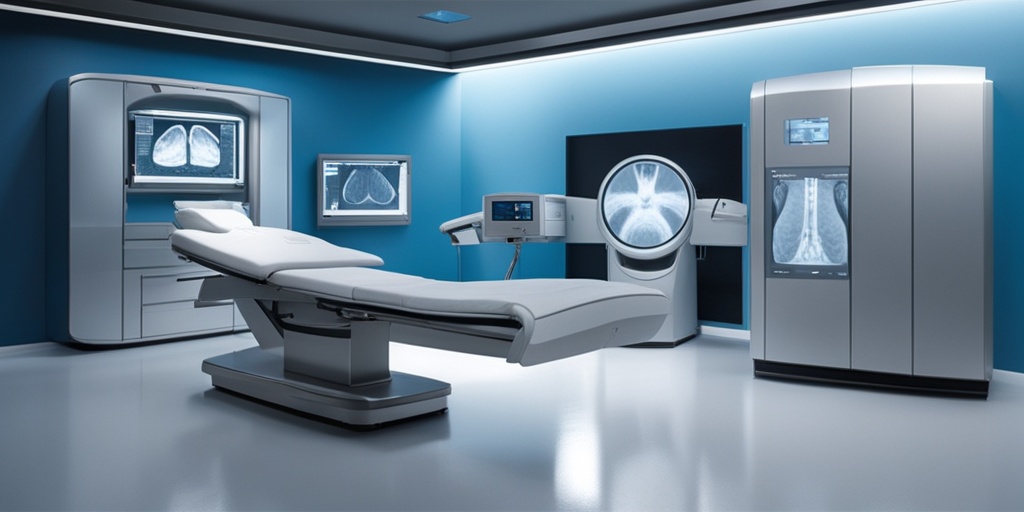
Slipped Disc Treatment Options
If you’re experiencing the discomfort and pain of a slipped disc, you’re likely wondering what treatment options are available to help alleviate your symptoms. The good news is that there are several approaches to treating a slipped disc, and the best course of action for you will depend on the severity of your condition and your individual needs.
Conservative Treatment for a Slipped Disc
Before considering surgery, many people opt for conservative treatment methods to manage their slipped disc symptoms. These approaches focus on relieving pain, reducing inflammation, and promoting healing without surgical intervention.
Rest and Recovery: One of the most important aspects of conservative treatment is giving your body time to rest and recover. This means avoiding activities that exacerbate the condition and taking regular breaks to rest your back.
Pain Management: Over-the-counter pain medications such as ibuprofen or acetaminophen can help alleviate pain and reduce inflammation. In some cases, prescription medications may be necessary to manage more severe pain.
Physical Therapy: A physical therapist can help you develop a customized exercise program to strengthen your back muscles, improve flexibility, and promote healing. This can include gentle stretches, yoga, or Pilates.
Chiropractic Care: Chiropractors use spinal manipulation and other techniques to help realign the spine and relieve pressure on the affected disc.
Epidural Injections: In some cases, corticosteroid injections may be administered into the epidural space to reduce inflammation and relieve pain.
Alternative Therapies: Some people find relief from alternative therapies such as acupuncture, massage, or heat and cold therapy.
It’s essential to work closely with your healthcare provider to determine the best conservative treatment plan for your slipped disc. With patience, persistence, and the right approach, many people are able to manage their symptoms and achieve significant improvement without surgery.
Remember, if your symptoms persist or worsen, it’s crucial to seek medical attention to rule out any underlying conditions that may require surgical intervention. 🏥

Frequently Asked Questions about Slipped Disc
What is a Slipped Disc?
A slipped disc, also known as a herniated disc, is a condition where the soft, gel-like center of a spinal disc bulges out through a tear in the outer, tougher layer. This can put pressure on nearby nerves, causing pain, numbness, and weakness in the back, neck, or legs.
What are the Symptoms of a Slipped Disc?
The symptoms of a slipped disc can vary depending on the location and severity of the herniation. Common symptoms include:
- Back or neck pain
- Numbness or tingling in the legs or arms
- Weakness in the muscles
- Pain that worsens with movement
- Pain that improves with rest
What Causes a Slipped Disc?
A slipped disc can be caused by a variety of factors, including:
- Aging and wear and tear on the spine
- Injury or trauma to the spine
- Lifting heavy objects incorrectly
- Bending or twisting awkwardly
- Being overweight or obese
How is a Slipped Disc Diagnosed?
A slipped disc is typically diagnosed through a combination of:
- Medical history and physical examination
- Imaging tests, such as X-rays, CT scans, or MRIs
- Nerve conduction studies or electromyography (EMG)
How is a Slipped Disc Treated?
Treatment for a slipped disc usually involves a combination of:
- Pain management with medication or physical therapy
- Rest and avoiding heavy lifting or bending
- Exercise and stretching to improve flexibility and strength
- In some cases, surgery may be necessary
Can a Slipped Disc be Prevented?
While a slipped disc can’t always be prevented, there are steps you can take to reduce your risk:
- Maintain a healthy weight
- Exercise regularly to improve flexibility and strength
- Lift heavy objects correctly, using proper lifting techniques
- Avoid bending or twisting awkwardly
Can a Slipped Disc in Dogs be Treated?
Yes, a slipped disc in dogs can be treated with a combination of:
- Rest and avoiding strenuous activity
- Pain management with medication
- Physical therapy and rehabilitation
- In some cases, surgery may be necessary
What are the Exercises for a Slipped Disc?
Exercises for a slipped disc typically focus on:
- Stretching and strengthening the back and core muscles
- Improving flexibility and range of motion
- Reducing pain and inflammation
What are the Symptoms of a Slipped Disc in the Neck?
The symptoms of a slipped disc in the neck can include:
- Pain or stiffness in the neck or shoulder
- Numbness or tingling in the arms or hands
- Weakness in the muscles of the arms or hands
- Pain that worsens with movement
What are the Symptoms of a Slipped Disc in the Lower Back?
The symptoms of a slipped disc in the lower back can include:
- Pain or stiffness in the lower back or buttocks
- Numbness or tingling in the legs or feet
- Weakness in the muscles of the legs or feet
- Pain that worsens with movement
I hope this FAQ helps! 🤕

